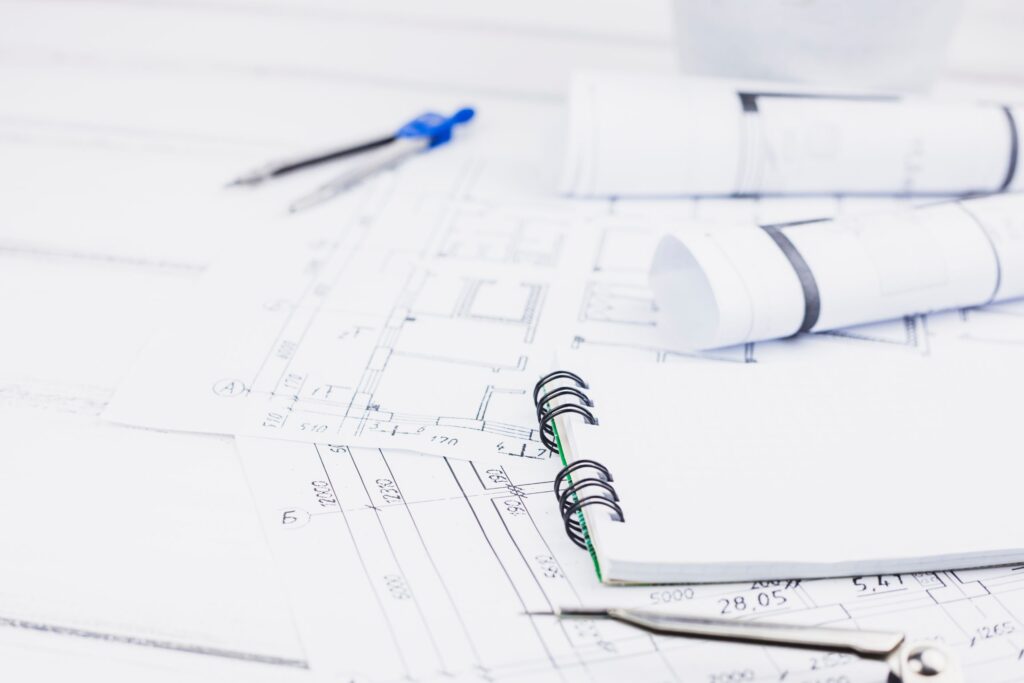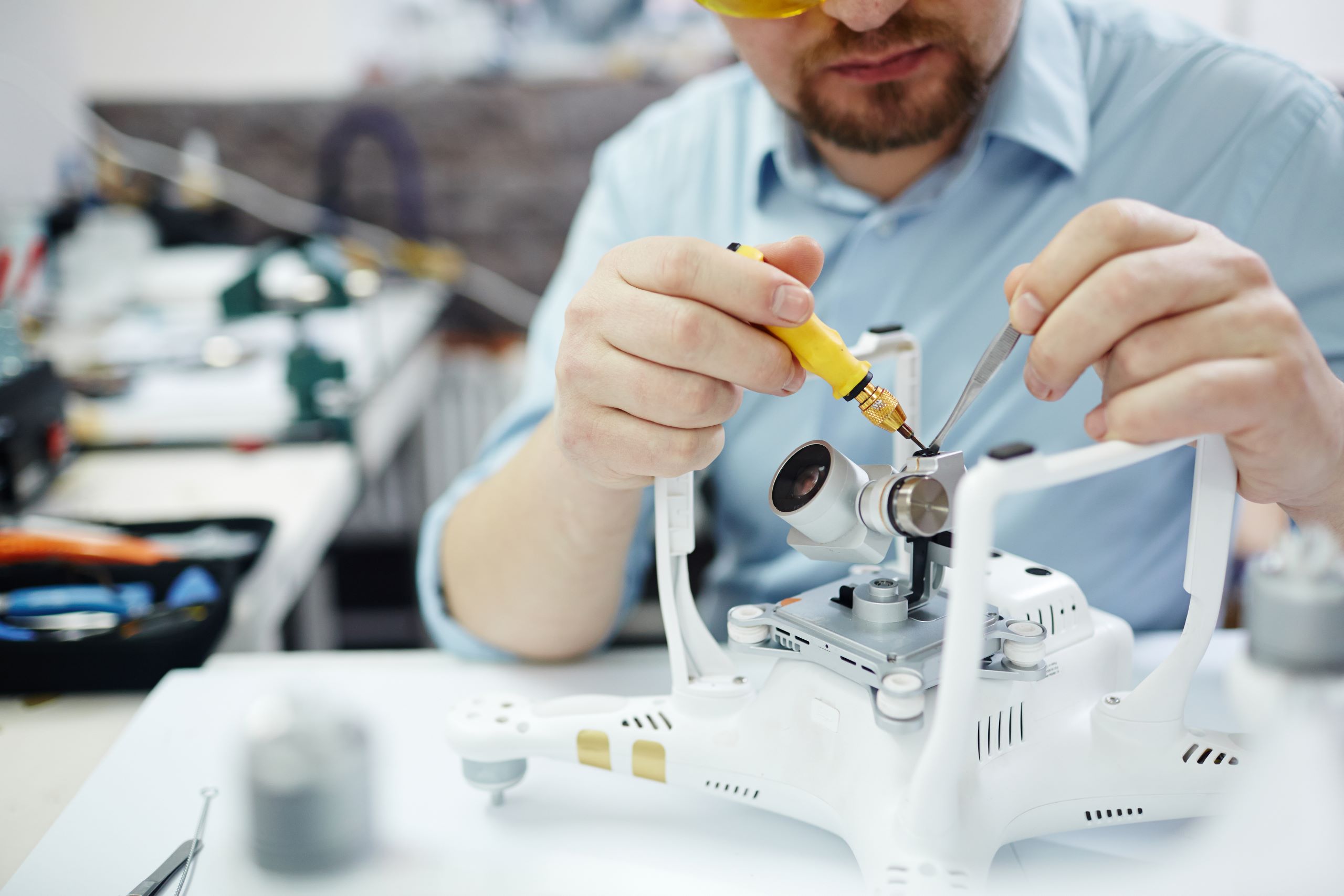
Electromechanical Design
Electromechanical design services for a product or a device involve integrating mechanical components with electrical and electronic subsystems to create a cohesive product. These services encompass various activities and expertise, including:
Capabilities
Selecting and integrating sensors such as temperature sensors, pressure sensors, proximity sensors, accelerometers, gyroscopes, and optical sensors. This includes considerations for the physical placement, alignment, and calibration of sensors.
Designing control systems and algorithms for motor control, including motor drivers, closed-loop feedback systems, speed control, position control, torque control, and synchronized motion control.
Designing and specifying suitable connectors, cables, and interconnections to ensure seamless communication and integration between electrical and mechanical components. This includes considerations for compatibility, reliability, signal integrity, and ease of assembly and maintenance.
Designing control systems and algorithms that govern the interaction between mechanical and electrical components. This includes firmware development, closed-loop control algorithms, motion planning, trajectory generation, and real-time control.
Selecting and integrating appropriate actuators and motors, including AC/DC motors, stepper motors, servo motors, solenoids, and pneumatic/hydraulic actuators. This involves designing mounting mechanisms, drive systems, power requirements, and control interfaces.
Our services encompass
Requirement development
Understanding the desired electromechanical requirements related to sensors, actuators, motors, and other electromechanical components and providing the corresponding documentation including the functional and non-functional requirements.

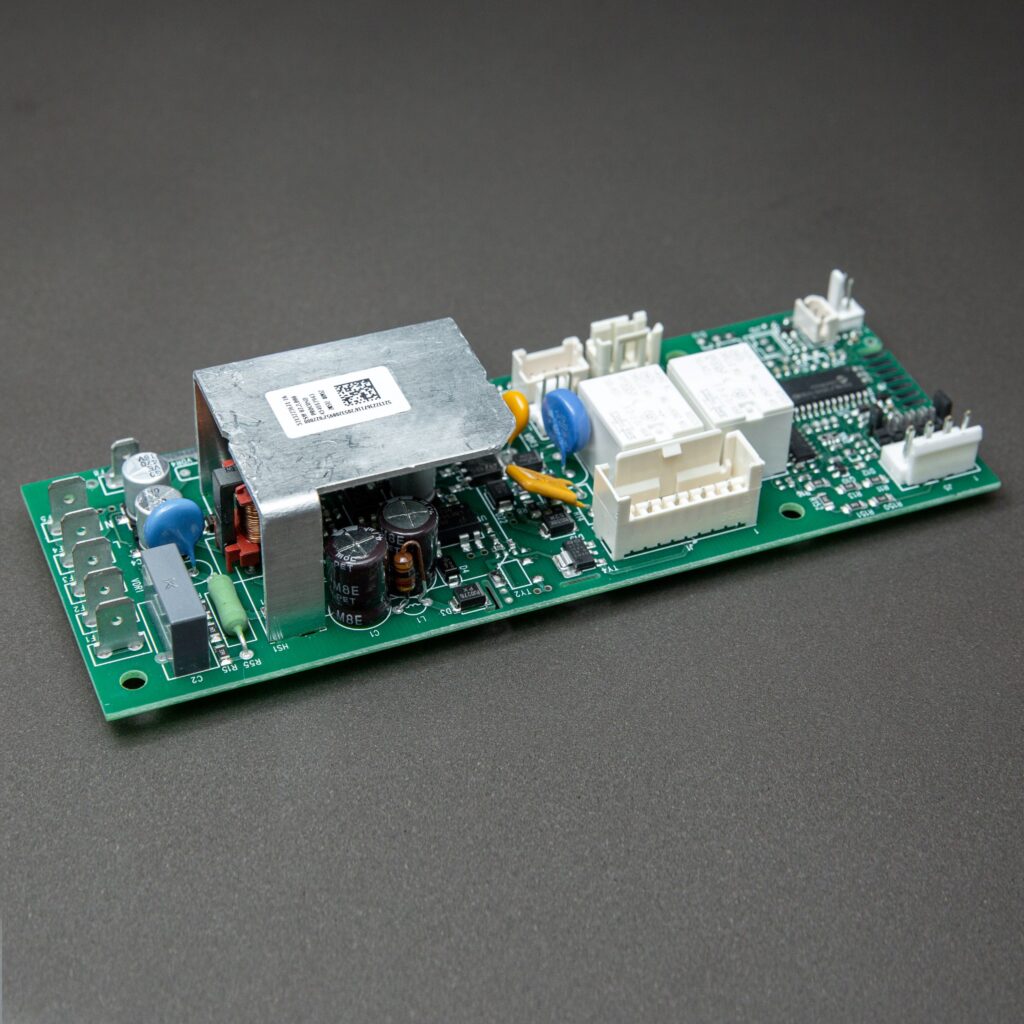
Interfacing and Connectors
Designing and specifying appropriate connectors, cables, and interconnections between mechanical and electrical components. Ensuring compatibility, reliability, and ease of assembly and maintenance.
Sensor Integration
Integrating various sensors into the mechanical design, such as temperature sensors, pressure sensors, proximity sensors, accelerometers, or other types of sensors relevant to the product’s functionality. Ensuring proper placement, alignment, and calibration for accurate data acquisition.
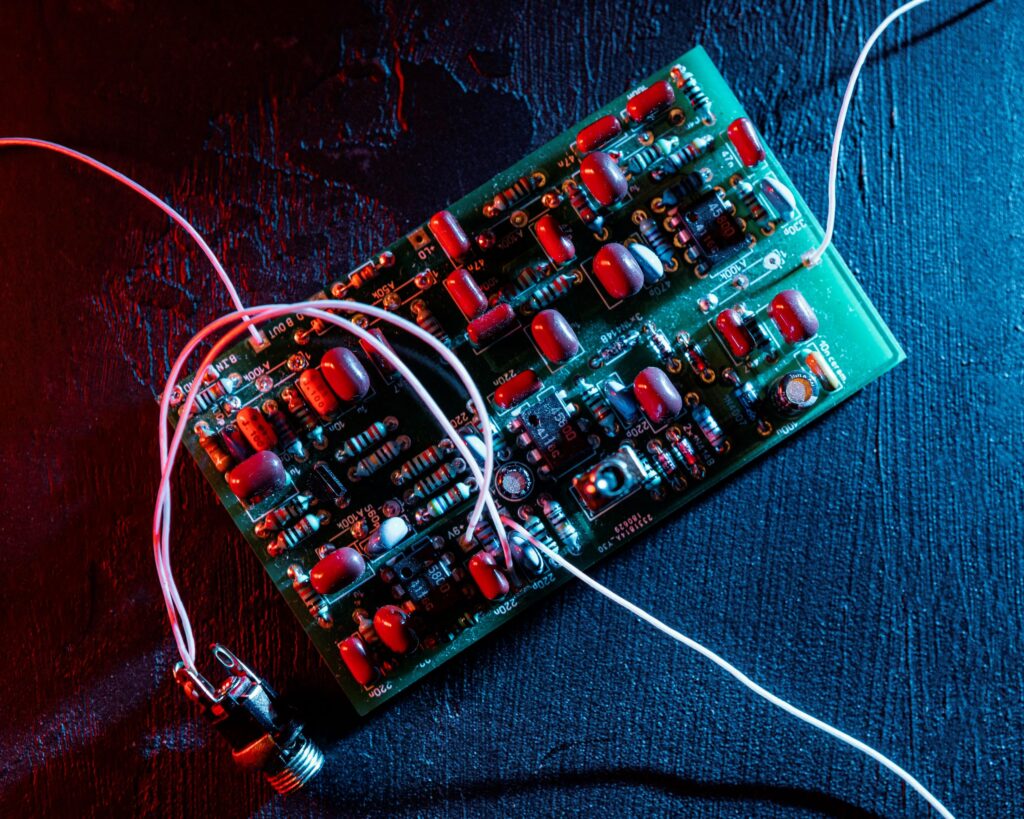
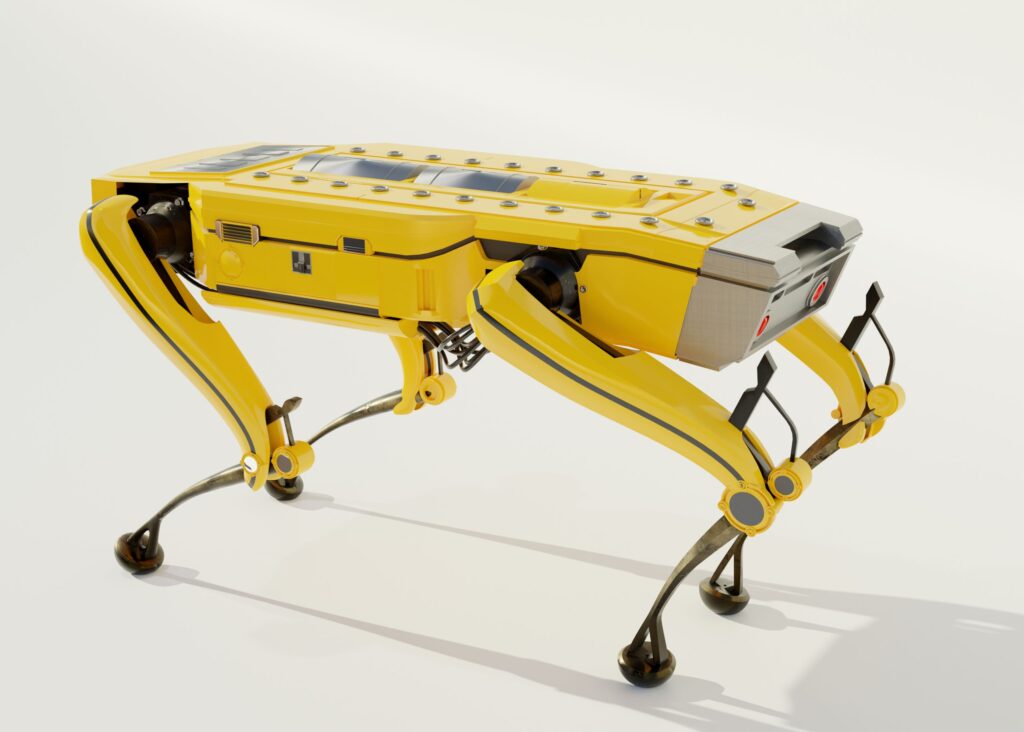
Actuator and Motor Integration
Incorporating actuators and motors into the mechanical design for desired motion or control functionalities. This includes selecting suitable actuators and motors, designing mounting mechanisms, and ensuring compatibility with the electrical control systems.
Control Systems Design
Designing the control systems and algorithms that govern the interaction between mechanical and electrical components. This includes firmware development, motor control algorithms, closed-loop control systems, and feedback mechanisms.
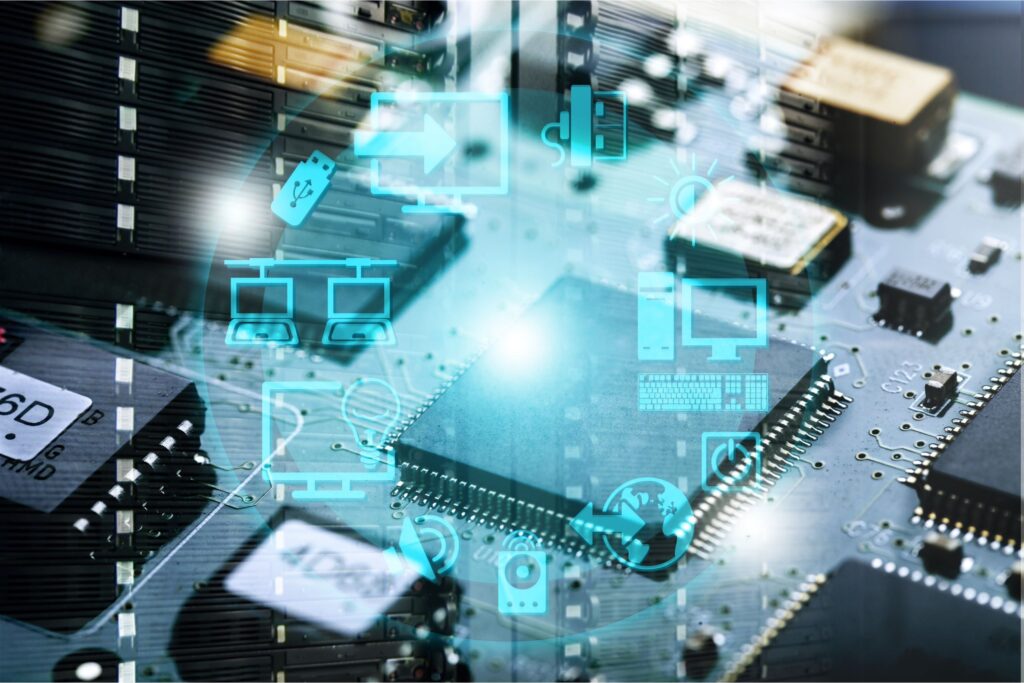
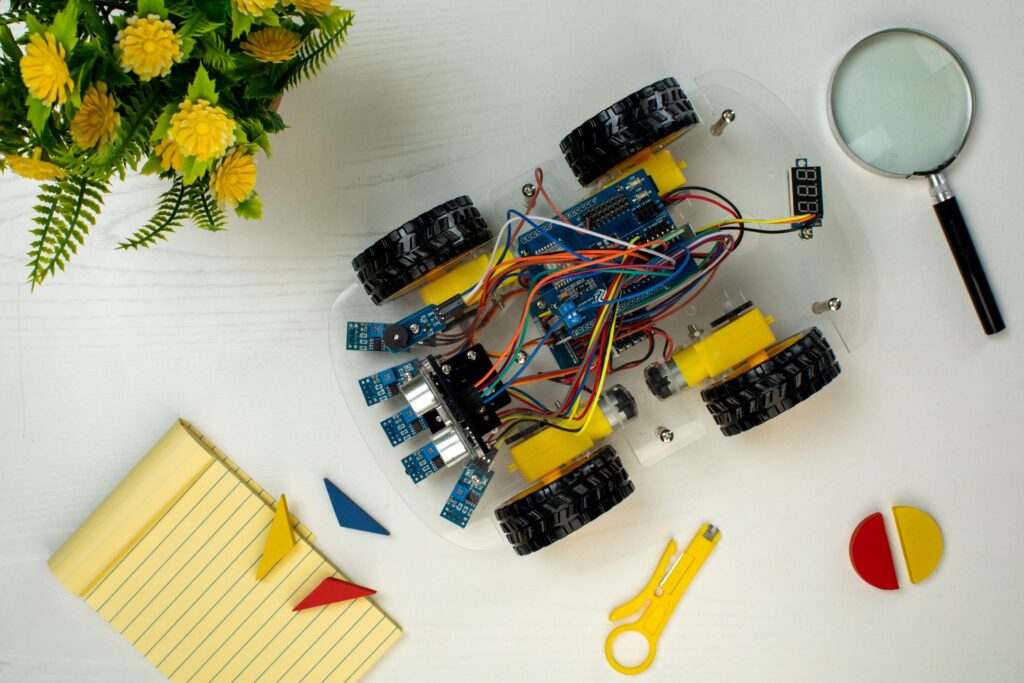
Prototyping and Testing
Collaborating with prototype manufacturing teams to create functional prototypes that integrate mechanical and electrical/electronic components. Assisting with prototype development, testing, and refinement based on feedback and performance evaluations.
Documentation and Technical Drawings
Creating detailed documentation, including electrical schematics, wiring diagrams, and technical specifications. This documentation guides the manufacturing, assembly, and maintenance processes.
